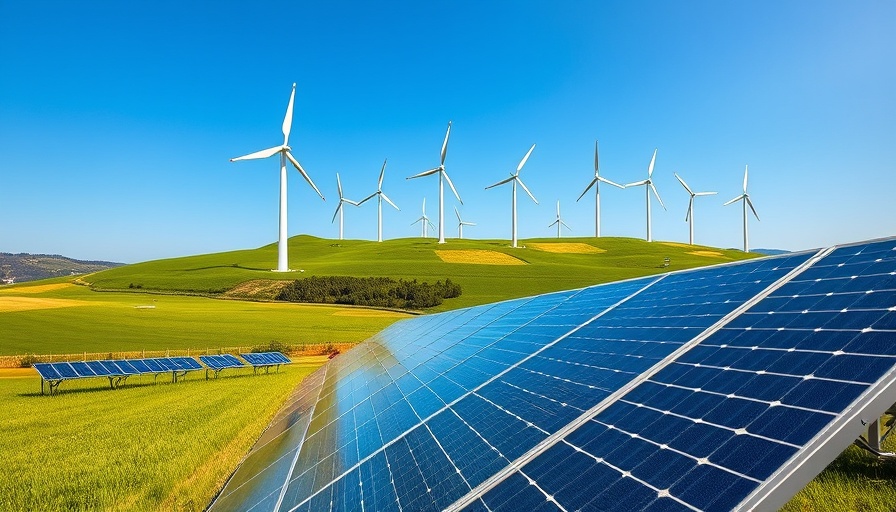
Strategic Energy Framework for Southern Africa
In a bold move toward a sustainable energy future, the Eastern and Southern Africa (ECA) region and the Southern African Development Community (SADC) have embarked on a consultative journey aimed at reshaping the energy landscape of Southern Africa. During a recent meeting featuring a diverse Technical Working Group (TWG), key representatives laid the groundwork for an inclusive energy transition plan. Robert Lisinge, Director of ECA’s Technology, Innovation, Connectivity, and Infrastructure Development Division, expressed serious concerns over the current energy predicament. Nearly 100 million people in the region lack basic electricity access, and over 150 million depend on traditional biomass for daily cooking needs, perpetuating health problems and economic disparity.
Understanding Energy Inequality: A Call to Action
The statistics presented underscore a pressing challenge: with outdated infrastructure and limited energy connectivity across borders, the likelihood of meeting sustainable energy goals diminishes. Finances also play a crucial role; an estimated funding gap of $83 billion annually until 2027 suggests that immediate actions are necessary for a successful transition. This is not merely an operational challenge; it is a humanitarian crisis that demands collaboration among governments, tech innovators, and private sector stakeholders to address and resolve.
Leveraging Technology: The Future of Energy is Now
As the conversation progresses, the incorporation of cutting-edge technologies such as Renewable Energy systems, Smart Grids, and IoT-enabled solutions comes to the forefront. Innovations in fields like AI and Machine Learning could empower regional efforts in optimizing energy systems, managing resources effectively, and ensuring clean energy outputs. Can technology truly bridge the gap in accessibility and efficiency? Evidence from global markets indicates that when tailored technological implementations like Smart Cities and Digital Payment solutions are integrated, journeys toward sustainability become expedited.
Beyond Borders: The Importance of Cross-Collaboration
The path toward sustainable energy in Southern Africa cannot be taken in isolation. Regional cooperation and cross-border energy trading can significantly allocate resources more effectively and unlock economic opportunities. Initiatives reminiscent of energy agreements in Europe may pave the way for not only tackling energy shortages but also crafting a resilient economic framework that can weather future energy crises.
Challenges Ahead: Navigating Complex Landscapes
However, the journey is riddled with challenges, including political instability, economic inequality, and pervasive poverty levels that could hinder the implementation of holistic energy solutions. The call for a 'Just Energy Transition' emphasizes that while technical challenges abound, socio-economic factors must be part of the conversation to foster long-term energy security.
Contributing to a Sustainable Future
For executives, decision-makers, and tech entrepreneurs, the implications of these developments are immense. By investing in sustainable technologies, fostering innovation hubs, and advocating for policy changes, players in the energy sector can significantly influence the trajectory of energy availability in Southern Africa. Further, aligning investments with sustainability initiatives not only promises financial returns but also contributes to a broader societal good.
Your Role in the Energy Transition
As stakeholders in business and technology, your engagement is paramount. Evaluating options in renewable energy systems, investing in tech startups focusing on clean energy, and participating in forums that promote energy accessibility will shape the future of Southern Africa’s energy landscape. Engaging in this discourse is not just valuable; it is required for the creation of equitable energy solutions that benefit all layers of society.
 Add Row
Add Row  Add
Add 




Write A Comment